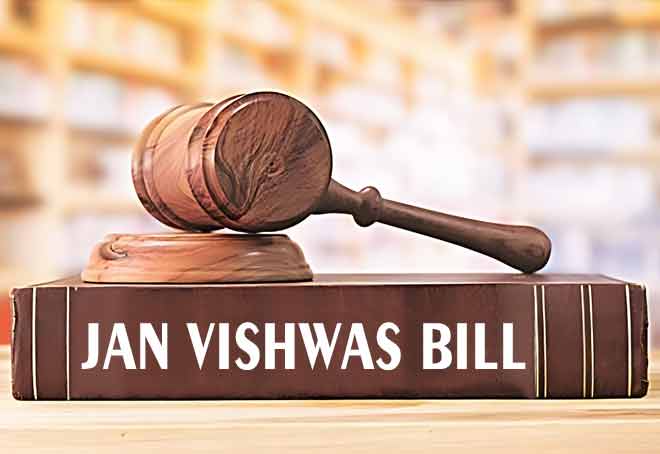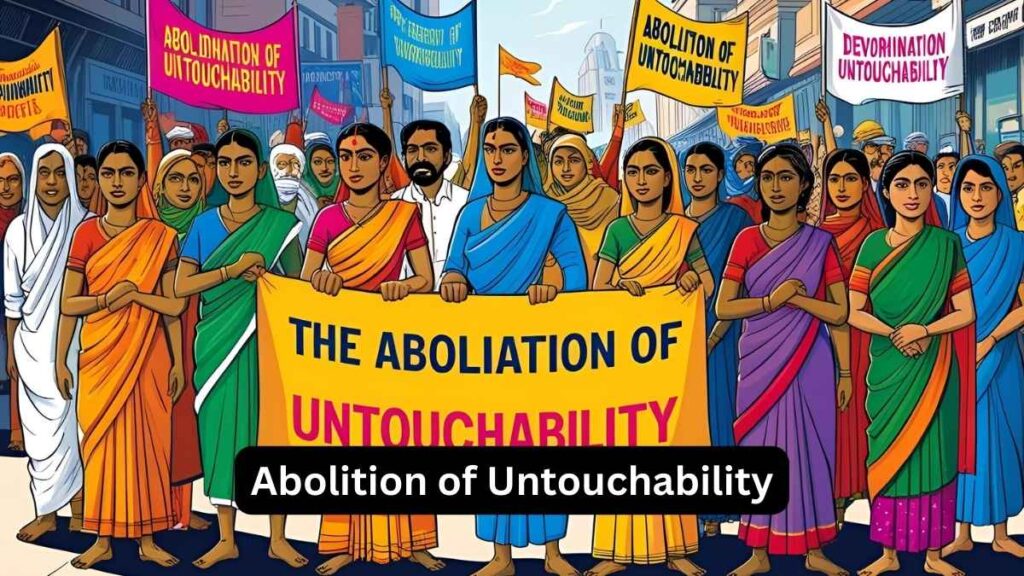Font size:
Print
Medical Tourism as a Pillar of India-Bangladesh Relations
Medical Tourism as India’s Soft Power in South Asia
Context: Medical Value Tourism (MVT) has emerged as a critical dimension of India’s economic diplomacy and soft power projection, particularly in South Asia. Bangladesh, due to proximity and cultural affinity, remains India’s largest source of medical tourists, especially to Kolkata. However, recent political upheavals, visa restrictions, and public trust deficits threaten this strategic pillar of bilateral engagement.
Why Bangladeshis Prefer India for Medical Treatment
- Push Factors in Bangladesh
-
- Weak healthcare infrastructure with limited access to specialised treatments.
- Low doctor-patient ratio and lack of trained medical professionals.
Current Trends and Numbers
- In 2022, Bangladesh accounted for 69% of India’s total foreign medical tourists.
- In 2023, the number of Bangladeshi medical tourists rose 48% to 4.49 lakh.
- India’s MVT revenue surged from $3 billion (2015) to $9 billion (2020).
- Rampant corruption and poor regulatory oversight in private hospitals.
- High Out-of-Pocket Expenditure (OOP): rose to 72.99% in 2021, burdening common citizens.
- Pull Factors in India
-
- Robust medical infrastructure with regulatory oversight and better patient outcomes.
- Lower OOP in India (49.82% in 2021), making healthcare more affordable.
- Access to AYUSH, yoga, and other traditional treatments.
- Cultural and linguistic familiarity, especially in Kolkata.
- Competitive costs compared to regional hubs like Thailand, Singapore, and South Korea.
Governmental Initiatives to Promote MVT
- Heal in India (2022) – A joint initiative by MoHFW and Ministry of AYUSH, integrating modern and traditional treatment systems.
- National Strategy and Roadmap for Medical and Wellness Tourism (2022) by the Ministry of Tourism.
- Development of interactive digital portals to facilitate easy access and information for foreign patients.
Emerging Challenges and Recent Setbacks
- Political Changes and Diplomatic Strain
-
- The fall of the Awami League in August 2024 strained bilateral ties.
Bangladesh’s Growing Health Capabilities: A Long-Term Strategic Concern
- Achievements
- Eradication of polio and kalazar.
- Life expectancy at 72 years (2021).
- Infant mortality fell to 31/1000 live births (from 251/1000 in 1971).
- 100% immunisation coverage.
- Emergence of domestic private healthcare providers: Apollo Dhaka, Square Hospital. Bangladesh spends $50–60 million annually on Indian healthcare, but aims to curb this outflow.
- India’s visa restrictions and suspension of transport links have led to:
- 75% drop in Bangladeshi patients in Kolkata (Peerless, Desun Hospitals).
- 27% revenue loss for Apollo Hospitals.
- 50–60% patient drop in Manipal Hospitals.
- Connectivity and Visa Hurdles
-
- Suspension of all rail links: Maitree, Bandhan, and Mitali Express.
- Flight reductions and unaffordable private transport.
- Visa approvals fell from 7,000/day (July 2024) to 500/day (January 2025).
- 20,000+ visa rejections in September 2024.
- Reports of missed critical surgeries and appointments.
- Trust Deficit in West Bengal’s Healthcare
Geo-Political Implications and Soft Power Loss
- Erosion of Goodwill
- The humanitarian dimension of MVT helped build strong people-to-people ties.
- Rising anti-India sentiment in Bangladesh due to:
- India’s indifference to Hasina’s extradition.
- Ongoing violence against minorities in Bangladesh.
- Incidents like J.N. Ray Hospital’s refusal to treat Bangladeshi patients triggered public outcry.
- Rising Regional Competition
-
- Thailand, Malaysia, and Singapore emerging as attractive alternatives.
- CareEdge Ratings projects a 10–15% long-term decline in MVT to India due to recent disruptions.
- Despite 25% NQAS-certified facilities, public confidence is declining.
- Allegations of fraudulent degrees, negligence, and corruption.
- The August 2024 murder of a doctor damaged credibility.
- Lack of brand visibility for Kolkata hospitals, unlike Bengaluru’s Narayana Health.
Strategic and Policy Recommendations
- Rebuilding Institutional Frameworks
-
- Resume the India-Bangladesh MVT portal for transparency and coordination.
- Appoint a Bangladesh medical coordinator in India to handle patient grievances.
- Operationalise e-medical visa facility as announced in the June 2024 joint statement.
- Leveraging Knowledge and Health Diplomacy
-
- Expand the scope of the India-Bangladesh Health MoU (2024) to:
- Facilitate training of Bangladeshi practitioners.
- Promote hospital partnerships.
- Sustain medical fellowships and exchange programs.
- Expand the scope of the India-Bangladesh Health MoU (2024) to:
- Revitalising Kolkata as a Wellness Hub
-
- Rebrand Kolkata as a holistic treatment centre by integrating AYUSH and yoga.
- Encourage JCI accreditation for local hospitals to enhance global trust.
- Strengthen personal branding and social media visibility of Kolkata-based doctors.
- Enhance coordination between state and central tourism and health ministries.
- Public Diplomacy and Narrative Building
-
- Highlight positive stories of Indian doctors assisting Bangladeshi patients during crises.
- Promote successful ventures like Apollo Imperial Hospital in Chattogram.
- Host medical conclaves and regional dialogues to foster cooperation.


